Executive Summary
• Croatia’s economy has been resilient
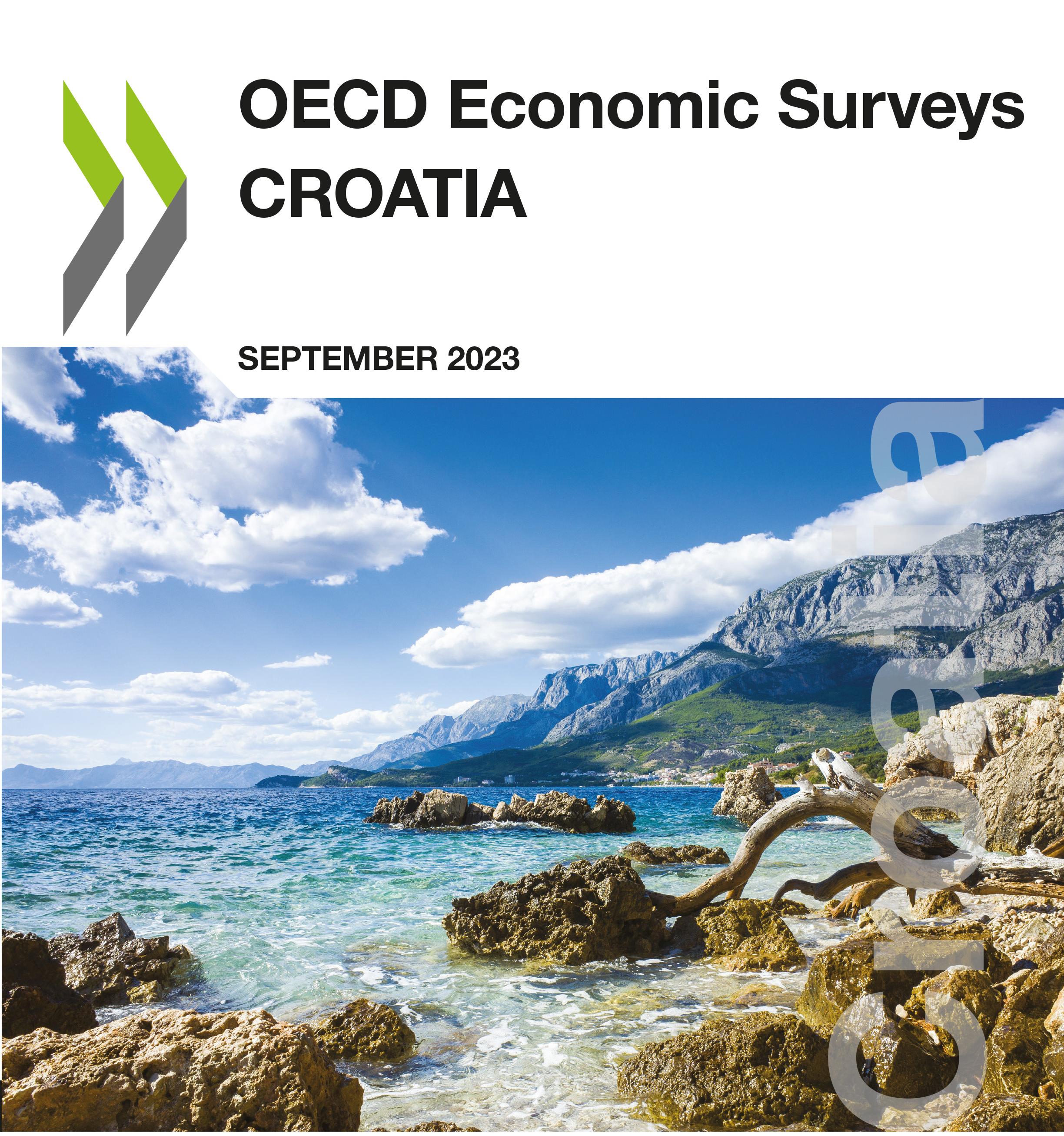
• While public debt is declining, ageing pressures remain a key challenge
• A faster green transition is needed
• Improving the business environment can raise investment and productivity
• Raising employment and skills can improve incomes and well-being
Key recommendations
Public finances to support the recovery and growth
• Promptly phase out energy price support measures.
• Avoid fiscal stimulus while inflation remains high.
• Ensure the medium-term fiscal stance contributes to trend decline in the public debt burden, while strengthening social protection.
• Remain vigilant to banks’ stability, including the growth and quality of lending. Stand ready to tighten further prudential tools such as minimum capital and risk ratios to prevent risks from materialising.
• Clarify and consolidate responsibilities for delivering public goods and services, and use improving information systems to support greater cooperation, integration and improved resource allocation across different government bodies.
• Over the medium-term, complement European Union funding with increased nationally resourced investment to comprehensively address public investment and reform needs.
• Identify and phase out tax expenditures and align treatment of different forms of income, including that related to tourism.
• Progressively introduce a general recurrent tax on immovable property based on improved land value.
Improving environmental quality and cutting greenhouse gas emissions
• Cut fossil fuel subsidies, including tax expenditures, align the effective carbon prices in sectors not covered by the EU Emission Trading Scheme to the Scheme’s price.
• Use the carbon tax revenues to support vulnerable households and investments for energy efficiency.
• Replace purchase grants for low-emission cars with subsidised loans to improve affordability and encourage fleet renewal.
• Continue higher investment in public transport, informed by cost-benefit analysis.
Improving the business environment to raise investment and productivity
• Apply regulations more effectively and ensure close monitoring of progress in paring back regulatory burdens.
• Promote out-of-court solutions, for example by making an initial mediation session mandatory and by recognising mediation agreements as enforceable.
• Improve transparency and accountability in the actions of policymakers and public officials by: deterrence through prosecution and sanction; ensuring adherence to ethical behaviour codes; creating lobbying registries; setting positive examples; and conducting information and awareness campaigns.
• Better coordinate R&D support schemes, ensure they have ongoing funding, and expand the scale of public support.
• Align state owned enterprise governance with OECD guidelines.
Strengthening skills and raising labour market participation
• Increase the number of participants and range of training covered by the recently introduced adult education voucher scheme and apply the new quality certification to more programmes.
• Extend efforts to expand access to quality early childhood education and care and progressively lower the age of compulsory attendance.
• Invest in activation services, especially in lagging areas of the country.
• Modernise the PES operations, including to take local needs better into account.
• Strengthen incentives for workers to remain in work until full pension age.
2 . OECD ECONOMIC SURVEY OF CROATIA – EXECUTIVE SUMMARY
Croatia’s economy has been resilient
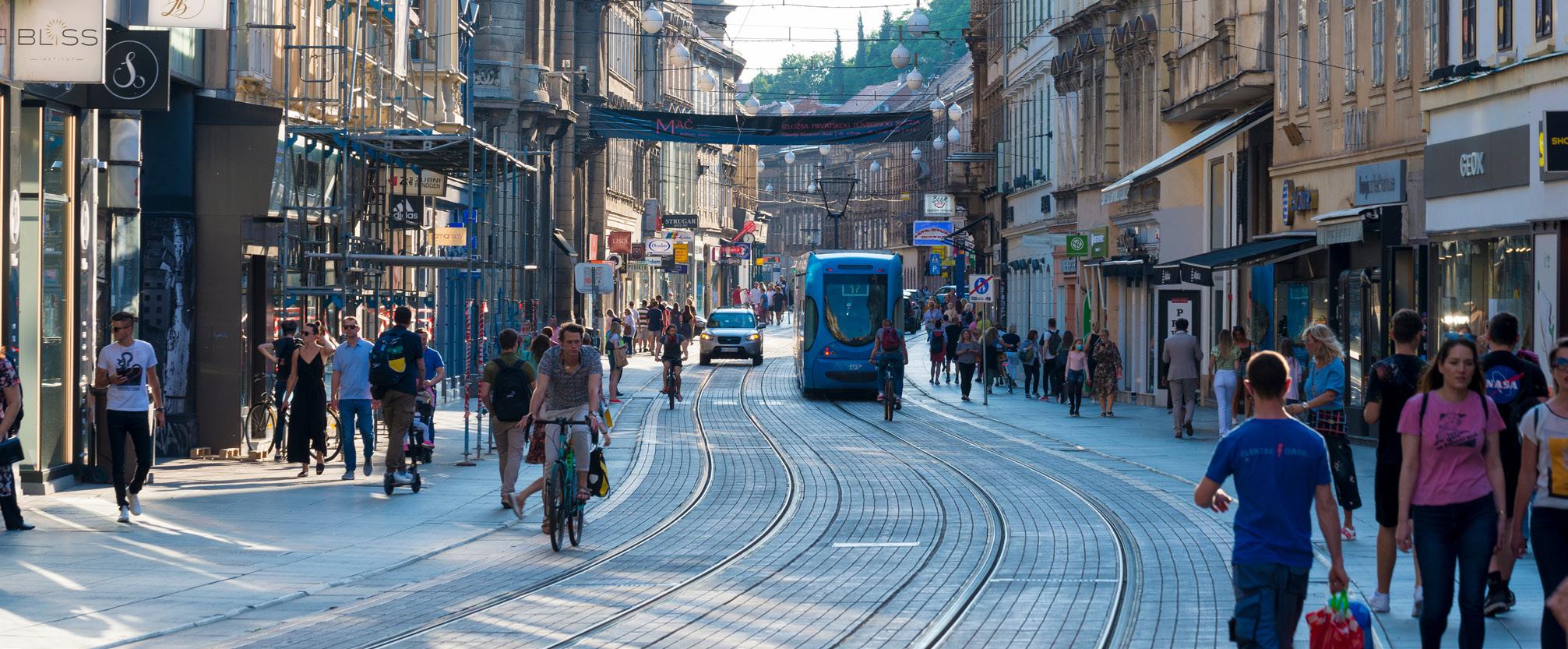
Croatia’s strong recovery from the COVID crisis was slowed in 2022 by surging inflation and weaker global growth. Growth ahead will be supported by recovering household real disposable incomes arising from wage and employment growth, strong services exports, and by expanding investment (Table 1). Integration in the euro and Schengen areas provides a further fillip to external demand. Limited spare capacity, notably from skill shortages, is constraining output growth. Returning inflation to low rates while expanding the economy’s productive potential will be key to sustaining economic growth.
Croatia’s economic policy has forcefully countered the COVID-19 and energy price crises. In response to rising prices, generous public support packages have buttressed the incomes of households and firms. Largely untargeted price subsidies make up the bulk of these measures, along with support for vulnerable groups and investments to improve
Table
Growth is set to be sustained
Note: ‘Peers’ is the unweighted average of Czech Republic, Hungary, Slovak Republic, and Slovenia. Source: OECD Price Statistics database.
Source: OECD Economic Outlook 113 (database), updated.
OECD ECONOMIC SURVEY OF CROATIA – EXECUTIVE SUMMARY . 3
Annual growth rates, unless specified 2021 2022 2023 2024 Gross domestic product (GDP) 13.1 6.2 3.0 2.4 Private consumption 9.9 5.1 2.3 2.3 Government consumption 3.0 3.2 2.0 3.5 Gross fixed capital formation 4.7 5.8 2.6 2.6 Exports of goods and services 36.4 25.4 -0.2 1.9 Imports of goods and services 17.6 25.0 -4.6 2.2 Unemployment rate (% of labour force) 7.6 7.0 6.0 5.8 Consumer price index 2.7 10.7 8.5 4.3 Fiscal balance (% of GDP) -2.5 0.4 -0.1 -1.0 Primary budget balance (% of GDP) -1.1 1.6 1.3 0.5 Underlying primary fiscal balance (% of potential GDP) -2.5 -1.9 -2.2 -3.0 General government gross debt (% of GDP, Maastricht definition) 78.3 68.8 63.8 61.0
1.
Figure 1. The surge in inflation is abating
-5 0 5 10 15 20 2019 2020 2021 2022 2023 % Croatia Peers Euro area OECD
energy efficiency. Following the most recent extensions, the measures will largely expire by October 2023 and April 2024, and are becoming less significant as energy prices decline. Retreating energy prices are lowering headline inflation (Figure 1). However, rising input costs, capacity constraints and wages, along with elevated price expectations, are slowing the decline in inflation. If energy prices were to surge again, private consumption, public finances, and international competitiveness risk weakening.
The banking sector appears in reasonable health. The removal of most exchange rate risks from banks’ balance sheets has freed liquidity. This is temporarily limiting the transmission of tighter euro-area monetary policy into Croatia. Ensuring that the increased liquidity supports economically valuable investment would help make the most of euro-area integration. A large rise in low-quality lending or a deterioration in banks’ health due to contagion from international banking difficulties would imperil credit for investment.
While public debt is declining, ageing pressures remain a key challenge
Sustained primary budget surpluses provided fiscal space for the COVID-19 and energy price responses and have contained public debt ratios. Ensuring that public finances act countercyclically while investing in infrastructure, the green transition and coping with fiscal headwinds from ageing remains a core challenge.
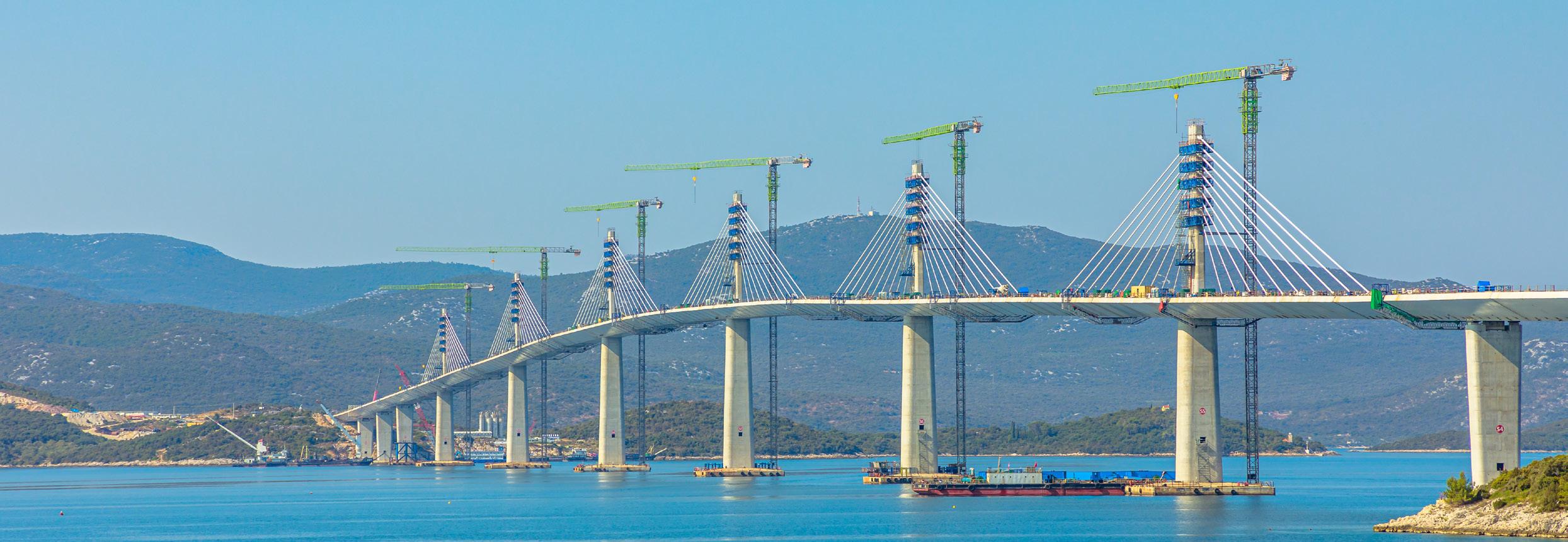
Economic growth, rising prices and the return to a budget surplus in 2022 have reduced the public debt ratio towards 60% of GDP. Spreads on government bonds and agencies’ ratings improved when euro membership was confirmed and have since been stable. The shift back to budget deficits in 2023 and 2024 will add to demand and inflationary pressures. Looking ahead, fiscal consolidation would help macroeconomic stabilisation and ensure resources are available for future investment needs, including in skills, the green transition and digitalising the public sector. Croatia is gradually improving how it prepares and monitors its budget and is developing spending reviews, that can help improve allocations for more growth-supporting spending. Overall, income tax and indirect tax rates are similar to those in many OECD countries. However, numerous tax expenditures, notably for the tourist sector, narrow the revenue base and distort investment decisions. Despite the ongoing digitalisation of the tax administration, complex processes add to compliance burdens.
Croatia is a relatively large recipient of European Union funds and is advancing well with its Recovery and Resilience Plan. The Plan is accelerating structural reform and investments, from further developing adult skill training to improving energy efficiency and how the state operates and regulates. The government has developed dedicated bodies to implement the Plan. Their success demonstrates how greater organisational capacity and better coordination could help improve how other public programmes and investments are implemented.
Complex government structures plus shortages of key administrative personnel compromise the quality of public services. The number and size of subnational governments is similar to many OECD countries relative to population. However, overlapping responsibilities and coordination challenges reduce the efficiency and delivery of essential social services, and complicate regulatory processes. Civil-service pay may not be competitive, weakening administrative capacity.
4
OECD ECONOMIC SURVEY OF CROATIA – EXECUTIVE SUMMARY
A faster green transition is needed
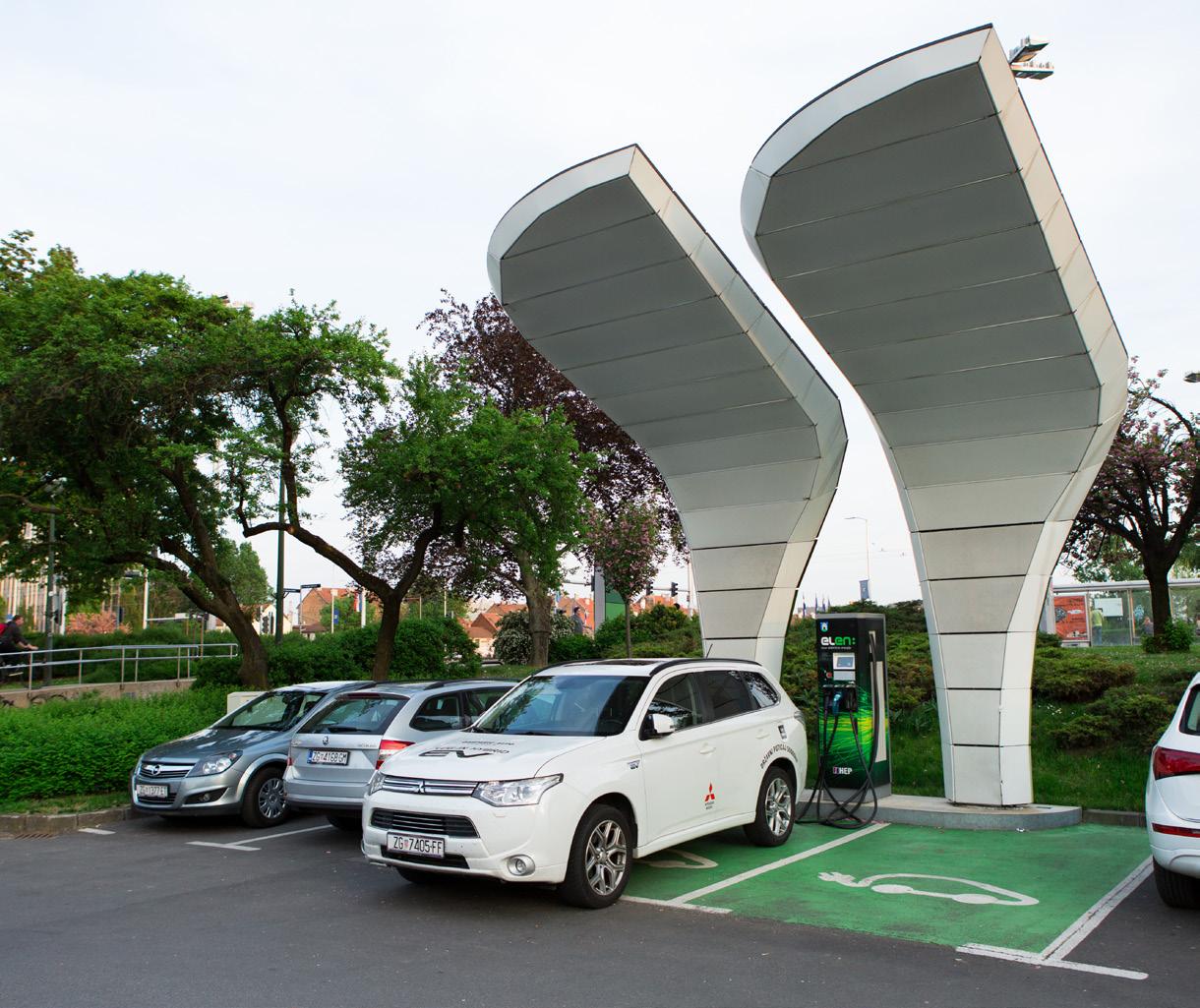
Croatia’s greenhouse gas emissions declined modestly in recent years and the economy remains relatively emissions intensive. Raising living standards while reducing emissions will require an accelerated decoupling of emissions from economic activity.
Pricing emissions consistently, as part of a policy mix with regulation and support for investment, can help reduce emission intensity. About one third of Croatia’s emissions are subject to carbon pricing via the European emission trading scheme. However, subsidies or reduced tax rates on some fossil fuels work against emission reduction. Also, Croatia produces more emissions from transport per capita than most OECD countries, partly reflecting relatively under-developed public transport and an ageing vehicle fleet. Addressing these will require substantial outlays by households and the public sector. Building retrofits can cut emissions and reduce energy poverty, but the upfront costs are a barrier.
Croatia is vulnerable to a warming climate. Damages from extreme weather events, such as floods, are likely to increase, raising costs for the private sector and public finances. Meanwhile, insurance coverage is limited.
Improving the business environment can raise investment and productivity
Stronger productivity and investment growth will be essential to accelerate economic convergence (Figure 2). While the tourism sector has been key for Croatia’s income and export growth, businesses in all sectors tend to be less productive than their OECD peers. Aggregate productivity is dragged down by the many long-established, low productivity firms, and by the relatively small share of dynamic, high productivity firms.
Weak regulatory and governance quality contribute to productivity gaps. The design of some regulatory frameworks present barriers to business. Furthermore, where design is sound, regulations are often burdensome in practice. Measures to reduce these burdens are compromised by shortages of expert staff to design and implement reforms. High caseloads and little use of out-of-court solutions contribute to prolonged legal proceedings. Many citizens lack
trust in courts and judges, and perceptive levels of corruption and clientelism to be high.
Businesses have few non-bank financing options, and spend relatively little on R&D. Most firms do not appear constrained in their access to finance. However, banking finance dominates, which is less accessible for younger, smaller, and more innovative firms. Public equity market
OECD ECONOMIC SURVEY OF CROATIA – EXECUTIVE SUMMARY . 5
structures are overly complex. R&D support programmes are fragmented.
State Owned Enterprises (SOEs) continue to play a relatively large role in the economy. SOEs employ about 6% of workers and often compete in the same markets as private firms. Low-productivity SOEs retain workers and capital that private-sector firms could potentially use more productively. SOEs’ financial performance is often weaker than their privatesector peers and SOEs in other countries, in part due to weaknesses in their governance and vulnerability to political influence.
Note: ‘Peers’ is the unweighted average of Czech Republic, Hungary, Slovak Republic, and Slovenia.
Source: OECD Annual National Accounts (database).
Raising employment and skills can improve incomes and well-being
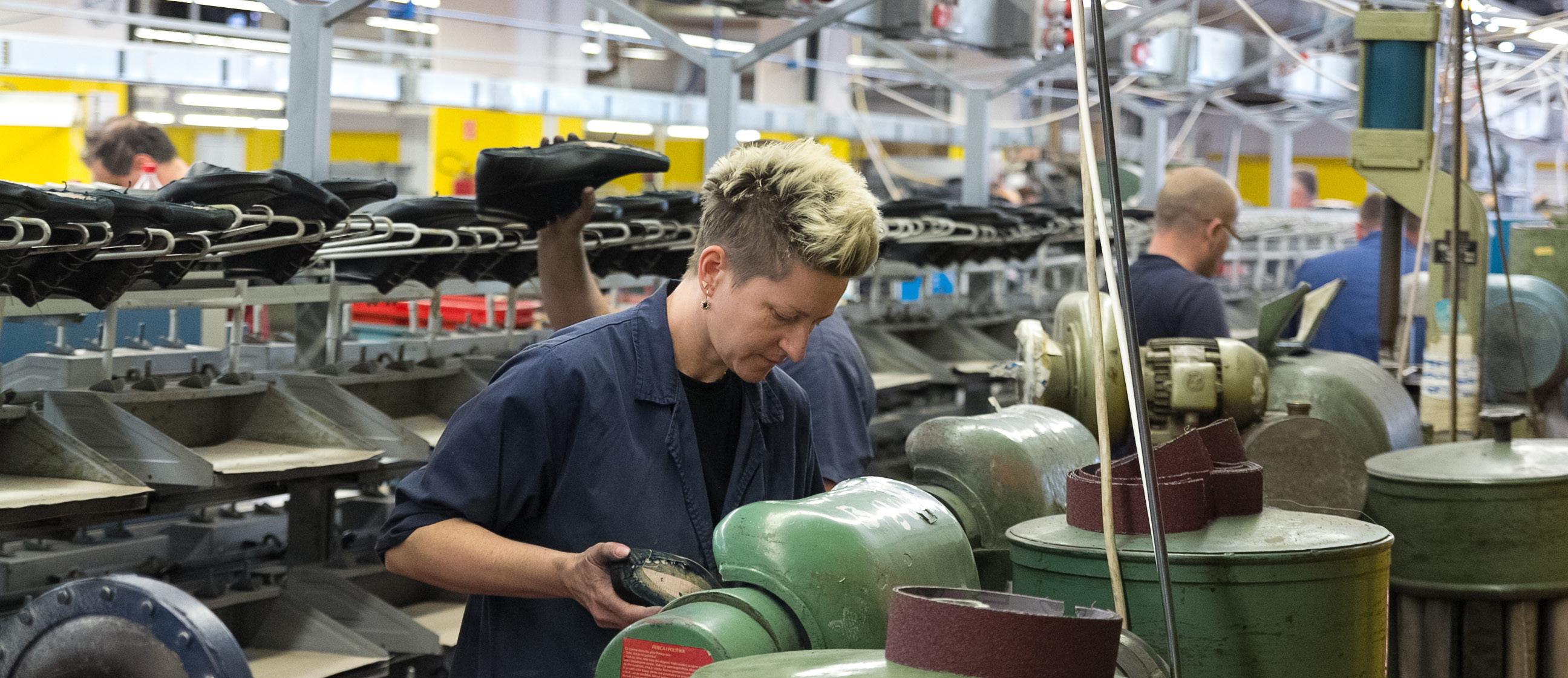
Scarce skills are a growing barrier for investors. School students’ performance lags peer countries. Most adults have only completed intermediate levels of education and few return to upgrade their skills. Employment rates among prime-age men and women are higher than in most OECD countries, but lag among younger and older adults, putting these groups at greater risk of poverty. Population ageing and emigration add to labour supply challenges.
Shortfalls in advanced skills are a key barrier to raising employment and incomes. Reforms are underway to regularise school hours, improve teaching quality, and expand early childhood education. However, gaps with OECD countries, notably in STEM subjects, remain significant.
Few adults are motivated to access adult education, and programmes’ cost and availability dissuade many from enrolling (Figure 3), Take-up of a new voucher-based adult education system has been strong and the programme is being expanded.
6 . OECD ECONOMIC SURVEY OF CROATIA – EXECUTIVE SUMMARY
Figure 2. Growth must remain robust for incomes to catch up GDP per capita, 2015 prices and PPPs, thousand USD
20 25 30 35 40 45 50 2010 2012 2014 2016 2018 2020 2022 USD thous. Croatia
Peers OECD
The government is reforming active labour market programmes. These are providing the more tailored and intensive training, work experience and job search support needed by those with limited formal work experience or skills. In poorer regions especially, active labour market policies will require greater resources.

Early exit from the labour force increases retirees’ risk of poverty. Low employment rates among older adults leads to lower pension savings and retirement incomes. Early retirement is more frequent among those with low skills and suffering ill health. Transfer rules encourage many retirees to shift from self-funded accounts back to the general government-funded pension, undermining earlier pension reforms and increasing fiscal costs. Women’s official retirement age is being aligned to that of men. For the broader population, reforms are strengthening the minimum income social safety net and improving the targeting of social support. However, municipalities provide much social support, and those in the areas with the greatest needs often lack the necessary resources.
High homeownership, rising house prices and a thin rental market impede relocation to the most economically dynamic areas. Little new construction and damage by two earthquakes in 2020 have contributed to housing shortages and overcrowding, especially in the main cities. Unused property and secondary home use further reduce dwelling availability. Low recurrent taxes on property limit incentives
for owners to make the greatest use of their properties. Government loan subsidy schemes have contributed to house-price growth. Planning and approval complications constrain new development, while the ongoing clarification of the cadastre can help attract investment.
fill skills gaps
Participation in education and training by employment status, % of the population aged 18-64, 2022
OECD ECONOMIC SURVEY OF CROATIA – EXECUTIVE SUMMARY . 7
Note: ‘Peers’ is the unweighted average of Czech Republic, Hungary, Slovak Republic, and Slovenia.
0 5 10 15 20 25 HRV
%
Source: Eurostat.
POL ITA Euro area PRT Peers AUT
Employed Unemployed Inactive
Figure 3. Raising participation in adult education can help
OECD Economic Surveys CROATIA
Croatia has navigated well the COVID-19 crisis and the price shocks following Russia’s war of aggression on Ukraine. It has achieved robust output growth, rising employment and improving well-being, although inflation has surged. Integration into the euro- and Schengen areas at the start of 2023 are testament to progress, and are providing a further fillip to the economy. Ensuring that fiscal policy is counter-cyclical and that lending supports productive investments can help contain inflationary pressures and sustain growth. Croatia’s ongoing and ambitious reforms and investments must continue for incomes to converge with OECD levels while also preparing for climate change. Reducing regulatory burdens, more responsive judicial processes, addressing corruption risks and improving the performance of state-owned enterprises can foster a more dynamic business environment with stronger growth by higher productivity firms. A big push to strengthen adults’ skills would ensure that employers can fill high-skilled positions and support rising incomes. Better engaging younger adults in work, encouraging older adults to work until the full retirement age, and attracting needed skills through immigration would reduce poverty risks, raise productivity and help Croatia adapt to an ageing population.
SPECIAL FEATURES: IMPROVING THE BUSINESS ENVIRONMENT; A BETTER PERFORMING LABOUR MARKET
oe.cd/Croatia
Photo Credits
Cover © Joachim Bago/Shutterstock.com
Page 3: © Zdravko T/Shutterstock.com
Page 4: © Benny Marty/Shutterstock.com
Page 5: © Scharfsinn/Shutterstock.com
Page 6: © Giovanni Vale/Shutterstock.com
Page 7: © BearFotos/Shutterstock.com






